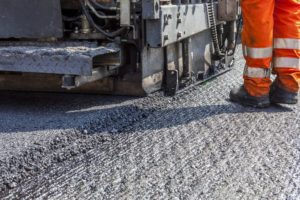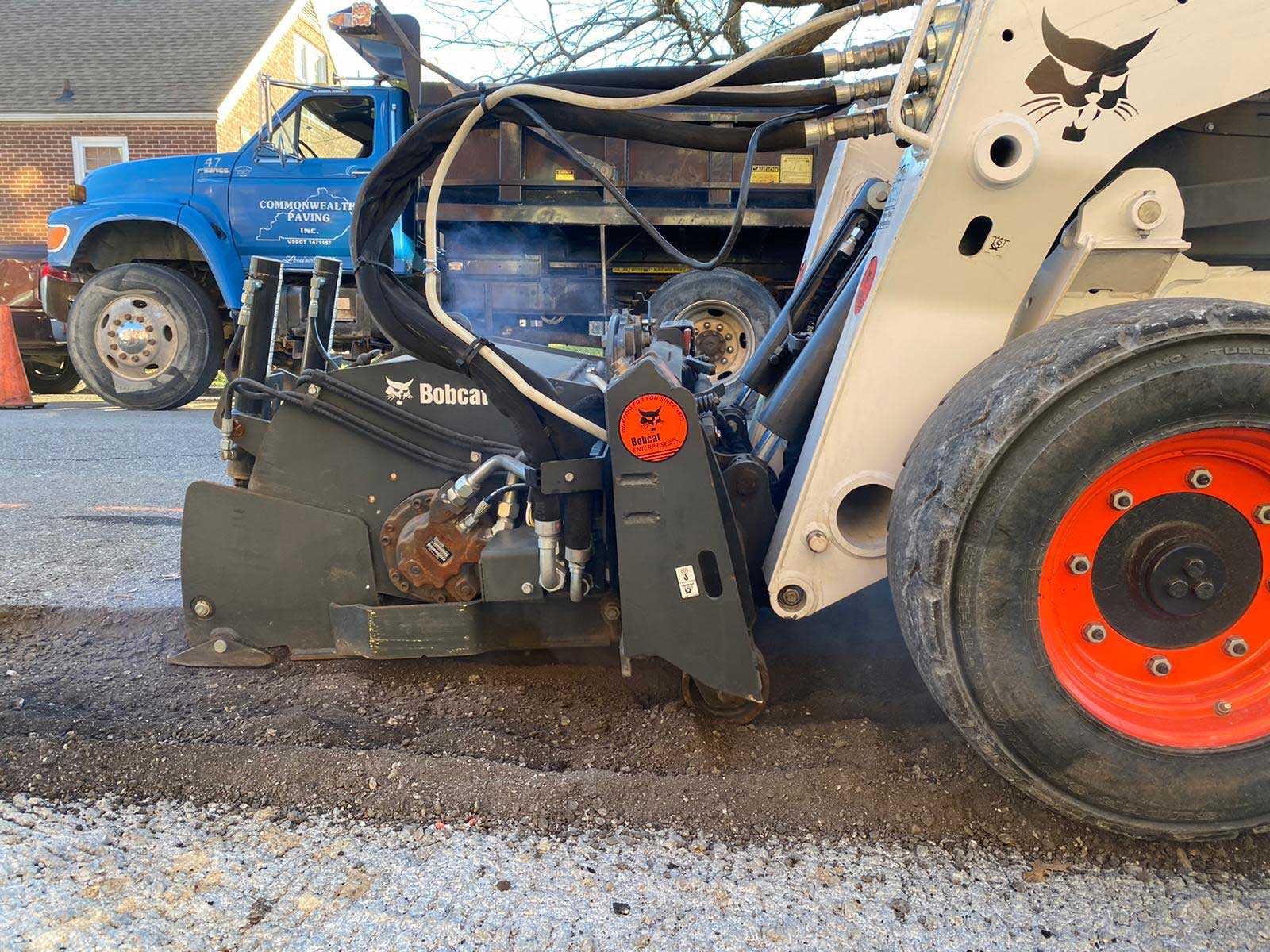Every paving process is unique due to its intended use and the pavement. Milling, also known as profiling, or pavement milling, is used to remove the topmost part of the surface of an asphalt paved area. These could be bridges, your parking lot, or the road. The profiling process is environmentally friendly as it causes a minimal risk to the environment or public health. Milling keeps the pavement from getting too high from years of asphalt resurfacing and preventing drainage issues. You also experience a better driving experience on a milled surface and a prolonged driveway life.
The main reasons why you should consider milling are as follows:
- Cost-effective – Asphalt millings come from recycled asphalt pavement, making the entire cost suggestively lower than buying new materials.
- Weather-resistant- The asphalt gravel offers durability against weather conditions and is resistant to cold temperatures, snow, and ice. These properties make asphalt Milling extend your pavement’s lifespan.
- No maintenance – With time, the millings harden, thus strengthening the surface of your parking lot or driveway. They do not need refinishing, resurfacing, or replacements, thus saving you on repair costs in the long-run.
 Besides removing the topmost part of the asphalt pavement, you also get rid of distresses from the roadway surface such as raveling, bleeding, rutting, shoving, ride quality, and damages. Also, asphalt milling can control or alter a section of the road’s height, such as overhead clearances. The cold planing process is carried out by cold planer and milling machinery, and the cost for pavement milling is about $$0.25 -0.60 per square foot. However, depending on the geographical region, the recycled asphalt could cost between $7 to $60 per ton. Other factors determining the cost are the percentage of recycled material in the mixture.
Besides removing the topmost part of the asphalt pavement, you also get rid of distresses from the roadway surface such as raveling, bleeding, rutting, shoving, ride quality, and damages. Also, asphalt milling can control or alter a section of the road’s height, such as overhead clearances. The cold planing process is carried out by cold planer and milling machinery, and the cost for pavement milling is about $$0.25 -0.60 per square foot. However, depending on the geographical region, the recycled asphalt could cost between $7 to $60 per ton. Other factors determining the cost are the percentage of recycled material in the mixture.
There are so many benefits that come with Milling. They include; the process is environmentally friendly and less costly. You will spend less on asphalt milling compared to the process of removing the entire asphalt surface. The preparation of a damaged pavement into a new layer is valuable if other concerns such as the drainage and existing pavements are not being worked on. The second benefit is the recycling of asphalt that you can use for other projects.
The best way to finish off milling is by compacting it with a steamroller. Once the surface is well compacted, it will harden enough over time. We offer you a guide to hardening asphalt millings which includes:
Make sure you observe the relevant rules before beginning the process. Ensure that the site is prepped and analyze the asphalt millings you intend to use and deliver the mixture to the project site. Dump the asphalt millings into a spreader or along the roadway, then compact the millings to harden the surface, and you can use a drum to avoid elements sticking on the roller. Finally, seal the millings with a layer of chip seal over the recycled pavement.
Even though the asphalt material is removed from the paved surface, it could still be useful to reuse it for other repairs. Let our professional experts in Milling help you restore your paved surface by contacting us.







